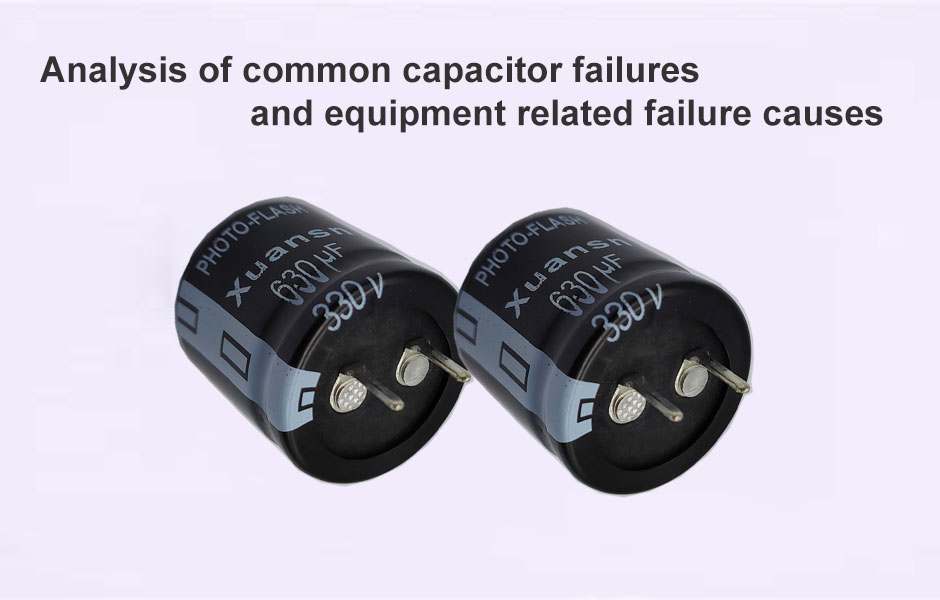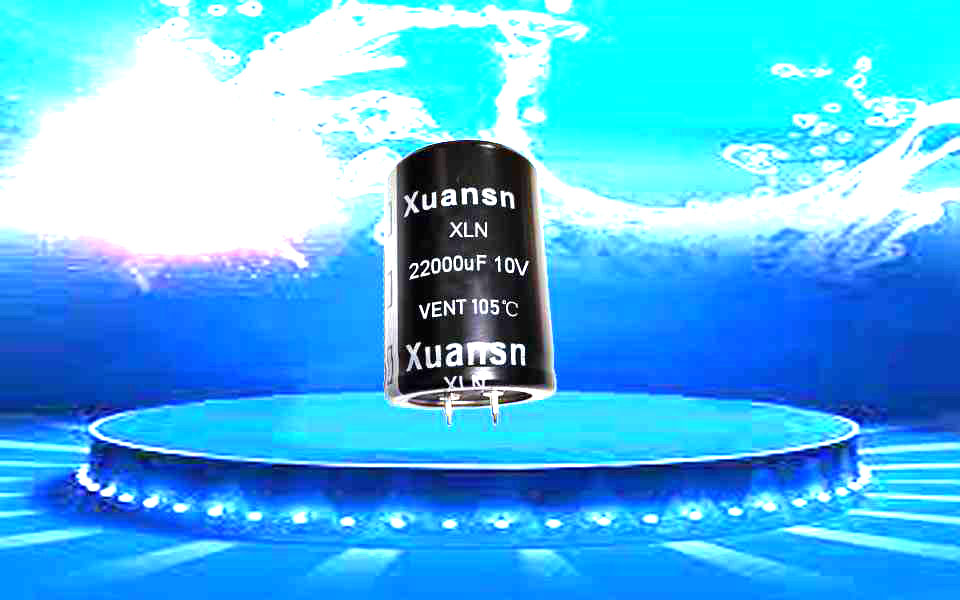CBB capacitors and safety capacitors have certain similarities in their functions. For example, they can be used for filtering, but there are many differences between them. What is the difference between CBB capacitors and safety capacitors?
- What are the main types of safety capacitors?
Although there are many types of safety capacitors, the most frequently used ones are X1/X2 safety capacitors, and Y1/Y2 safety capacitors. Although there are other types of safety capacitors, they are rarely used.
- The appearance of CBB capacitors and safety capacitors is obviously different
CBB capacitors are generally powder-encapsulated in red envelopes. X1/X2 safety capacitors are packaged in a plastic case, and Y1/Y2 are blue disc type, so it is easy to distinguish by appearance.
- Other differences between CBB capacitors and safety capacitors
Y1/Y2 safety capacitors are used in high-frequency and high-frequency circuits with rated voltages of 400V and 250V. They are used between the live wire and the ground wire, and the neutral wire and the ground wire.
X1/X2 are circuits used in alternating current, which are generally used between the neutral line and the live line. The rated voltages are generally 275V, 310V, and the better ones are 350V/380V/440V/480V.
CBB capacitors (polypropylene capacitors) are widely used in analog circuits. Especially in the part where the signal is cross-connected, capacitors with good frequency characteristics and extremely low dielectric loss must be used to ensure that the signal does not cause too much distortion when it is transmitted.
Safety capacitors can protect the personal safety of users after the capacitor fails. The CBB capacitor has large impact current resistance and high electrical strength, which can protect the circuit.




